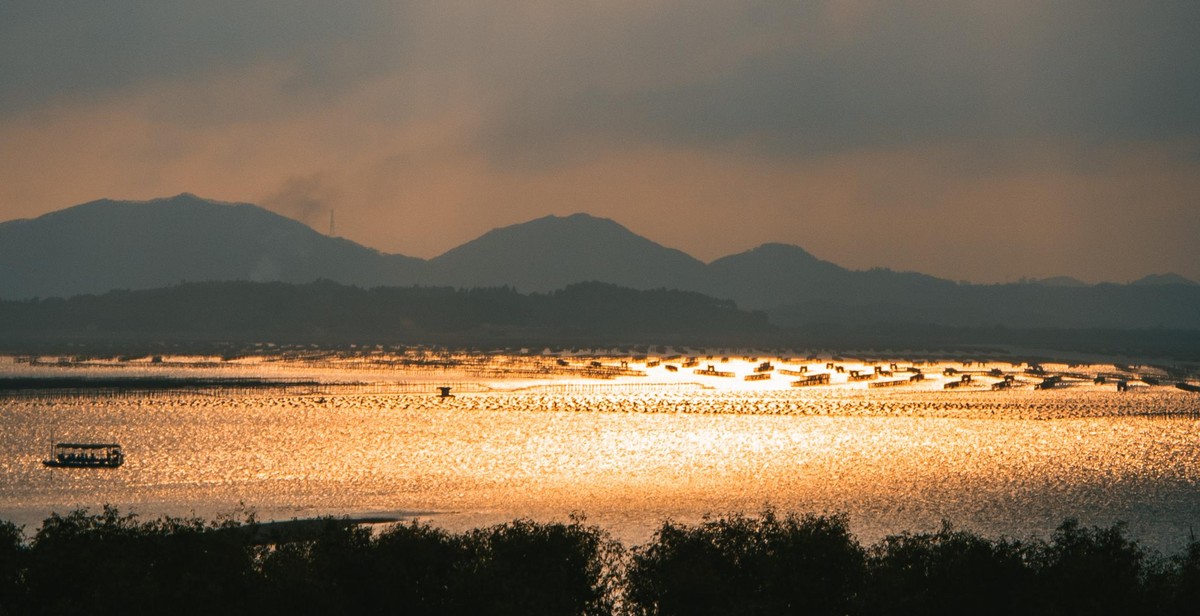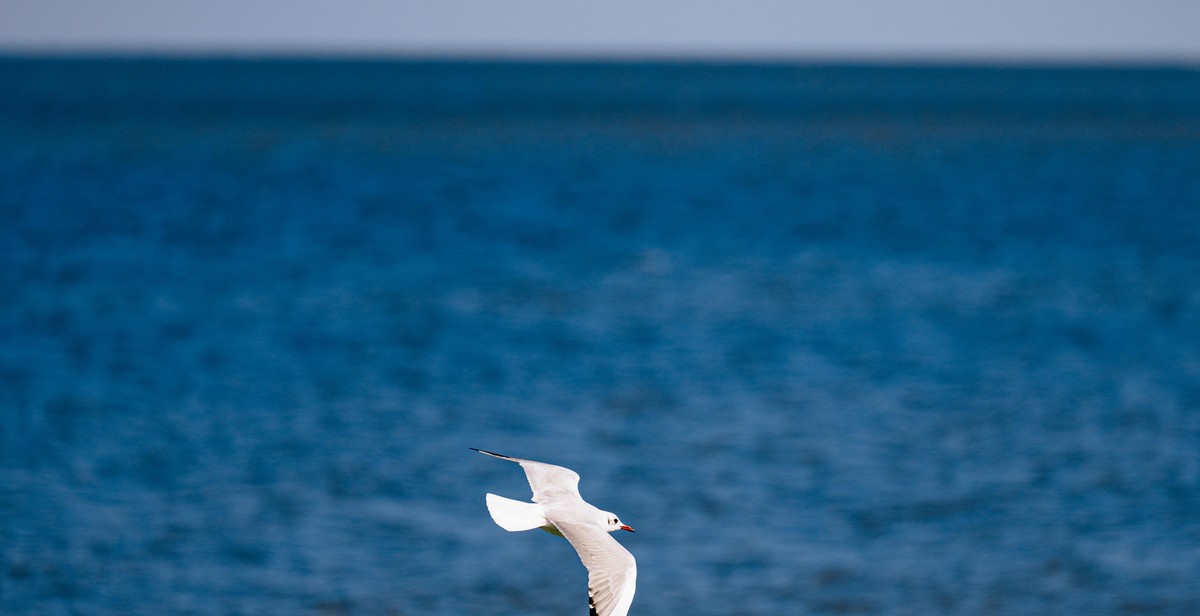How to Photograph Clouds: Tips and Techniques for Capturing Stunning Cloudscape Photos
As a professional photographer with over 10 years of experience, I have come to appreciate the beauty and versatility of photographing clouds. Clouds can add depth, texture, and drama to any landscape photo, and can also be a subject on their own. However, capturing stunning cloudscape photos can be challenging, especially for beginners.
In this article, I will share with you my tips and techniques for photographing clouds. I will cover the equipment you will need, the best time and location to shoot, and the camera settings and composition techniques that will help you capture stunning cloud photos.
Equipment You Will Need
Before you start photographing clouds, you will need the right equipment. Here are some essential items:
- A camera with manual settings
- A tripod
- A wide-angle lens
- A polarizing filter
Best Time and Location to Shoot
The best time to photograph clouds is during the golden hour, which is the hour after sunrise or the hour before sunset. This is when the light is soft and warm, creating a beautiful and dramatic sky. As for the location, choose an open area with a clear view of the sky, such as a beach, a hilltop, or a field.
Camera Settings and Composition Techniques
When photographing clouds, it’s important to use the right camera settings and composition techniques. Here are some tips:
- Shoot in manual mode and use a low ISO to minimize noise.
- Use a polarizing filter to enhance the colors and contrast of the sky.
- Compose your shot with the rule of thirds in mind, placing the horizon line and the clouds in the upper or lower third of the frame.
- Experiment with different angles and perspectives, such as shooting upwards or downwards, or using reflections.
By following these tips and techniques, you will be able to capture stunning cloudscape photos that will impress your viewers and enhance your portfolio.

Understanding Clouds
As a photographer, it is essential to understand the different types of clouds and how they form. This knowledge will help you anticipate and capture stunning cloudscapes in your photos.
Types of Clouds
Clouds are classified into four main categories based on their height and shape:
- Cirrus Clouds: These are high-altitude clouds that are thin and wispy. They are usually found at an altitude of 20,000 feet or higher and are often a sign of fair weather.
- Cumulus Clouds: These are low-altitude clouds that are fluffy and puffy. They are often associated with fair weather but can also produce thunderstorms.
- Stratus Clouds: These are low-altitude clouds that are flat and featureless. They are often associated with overcast weather and light rain or drizzle.
- Nimbostratus Clouds: These are low-altitude clouds that are dark and produce continuous rain or snow.
How Clouds Form
Clouds form when warm, moist air rises and cools, causing the water vapor in the air to condense into tiny droplets or ice crystals. The type of cloud that forms depends on the altitude of the cooling air and the amount of moisture in the air.
Cumulus clouds form when warm air rises and cools, causing the moisture in the air to condense and form visible clouds. Stratus clouds form when a layer of warm, moist air is forced to rise over cooler air. Cirrus clouds form when ice crystals condense in the upper atmosphere.
Understanding how clouds form and the different types of clouds will help you anticipate and capture stunning cloudscapes in your photos.

Preparation: Tips for Capturing Stunning Cloudscape Photos
If you’re looking to capture stunning cloudscape photos, preparation is key. Here are some tips to help you get started:
Choosing the Right Time of Day
The best time of day to photograph clouds is during the “golden hour,” which is the hour after sunrise or the hour before sunset. During this time, the light is soft and warm, and the sky is often filled with beautiful colors. This is also a great time to capture dramatic shadows and highlights on the clouds.
Scouting Locations
Before you head out to photograph clouds, it’s important to scout locations. Look for spots with interesting features such as mountains, lakes, or buildings that can add depth and interest to your photos. You can also use apps like Google Maps or PhotoPills to find new locations and plan your shoot.
Checking Weather Conditions
Checking weather conditions is crucial when it comes to photographing clouds. Keep an eye on the forecast, and look for days with interesting cloud formations, such as cumulus, cirrus, or stratus clouds. Also, pay attention to wind speeds, as they can affect the movement and shape of the clouds.
By following these tips, you’ll be well on your way to capturing stunning cloudscape photos. Remember to always be patient, experiment with different angles and compositions, and have fun!

Equipment
When it comes to photographing clouds, having the right equipment is crucial. Below, we’ve listed some of the essential gear you’ll need to capture stunning cloudscape photos.
Cameras
The camera you choose will depend on your budget and skill level. However, a camera with manual controls is recommended so that you have full control over settings such as aperture, shutter speed, and ISO. A DSLR or mirrorless camera is ideal for this type of photography.
Lenses
A wide-angle lens is essential for capturing the vast expanse of the sky and the intricate details of the clouds. A focal length between 10-24mm is recommended. Additionally, a telephoto lens can be useful for capturing specific cloud formations or for compressing the clouds in the frame.
Tripods
Since cloudscape photography often requires long exposures, a sturdy tripod is essential to keep your camera steady and avoid any unwanted camera shake. Look for a tripod that is lightweight and easy to carry, but still provides stability in windy conditions.
Filters
Filters can help enhance your cloudscape photos by reducing glare and increasing contrast. A polarizing filter can help reduce reflections and boost the saturation of the sky and clouds. A graduated neutral density filter can help balance the exposure between the bright sky and darker landscape below.
| Equipment | Recommended |
|---|---|
| Camera | DSLR or mirrorless with manual controls |
| Lenses | Wide-angle (10-24mm) and telephoto |
| Tripod | Sturdy and lightweight |
| Filters | Polarizing and graduated neutral density |

Techniques for Photographing Clouds
Composition
When it comes to capturing stunning cloudscape photos, composition is key. Look for interesting foreground elements such as trees, buildings, or bodies of water to add depth and interest to your photos. Consider using the rule of thirds to create a balanced composition, placing the horizon line on either the top or bottom third line.
Exposure Settings
Clouds can be tricky to expose properly, as they can easily become overexposed and lose their detail. To avoid this, use a low ISO setting and a narrow aperture to capture the detail in the clouds while keeping the rest of the scene properly exposed. Consider using a graduated neutral density filter to balance the exposure between the sky and the foreground.
Focusing
When photographing clouds, it’s important to focus on the horizon line or a specific foreground element. This will ensure that the entire scene is in focus. Consider using manual focus to ensure that the focus point is exactly where you want it.
Capturing Movement
Clouds are constantly moving, which can create a dynamic element in your photos. To capture this movement, use a slow shutter speed to create a sense of motion in the clouds. Consider using a tripod to keep the camera steady while using a slow shutter speed. Alternatively, you can capture the movement of the clouds by using a time-lapse technique.
| Technique | Setting/Equipment |
|---|---|
| Composition | Rule of thirds, interesting foreground elements |
| Exposure Settings | Low ISO, narrow aperture, graduated neutral density filter |
| Focusing | Horizon line or specific foreground element, manual focus |
| Capturing Movement | Slow shutter speed, tripod, time-lapse technique |

Post-Processing: Enhancing Your Cloudscape Photos
Once you have captured your stunning cloudscape photos, it’s time to take them to the next level with post-processing. Here are some tips for enhancing your photos:
Choosing the Right Software
Choosing the right software is crucial for post-processing your cloudscape photos. Popular options include Adobe Lightroom, Adobe Photoshop, and Capture One. Each software has its strengths and weaknesses, so it’s important to choose one that fits your needs and skill level.
Adjusting Exposure and Contrast
When photographing clouds, it’s common to have areas of overexposure or underexposure. In post-processing, you can adjust the exposure and contrast to balance out the photo. This can be done using the exposure and contrast sliders in your chosen software.
Enhancing Colors
Clouds come in a variety of colors, from bright white to deep oranges and purples during sunrise and sunset. You can enhance the colors in your cloudscape photos by adjusting the saturation and vibrance sliders. Be careful not to overdo it, as this can make the photo look unrealistic.
Removing Distractions
Finally, you may want to remove distractions from your cloudscape photos. This could be anything from a stray bird to an unsightly power line. In your chosen software, you can use the clone stamp or healing brush tool to remove these distractions and create a cleaner image.
Remember, post-processing is an art form in itself. Experiment with different techniques and find what works best for your style and vision.

Conclusion
Photographing clouds can be a challenging yet rewarding experience. With the right techniques and equipment, you can capture stunning cloudscape photos that will leave your viewers in awe.
Tips to Remember
- Choose the right time of day to capture the best lighting
- Use a polarizer filter to enhance colors and reduce glare
- Experiment with different angles and perspectives
- Pay attention to the foreground and background elements
- Shoot in RAW format for maximum editing flexibility
Techniques to Try
- Long exposure photography to capture movement and drama in the clouds
- Bracketing to capture a wider range of exposure and detail
- HDR photography to blend multiple exposures and create a dynamic image
- Focus stacking to ensure sharpness throughout the image
Remember, practice makes perfect. Don’t be afraid to experiment and try new things. With time and patience, you can master the art of photographing clouds and create stunning images that will stand the test of time.
 |
 |
 |
